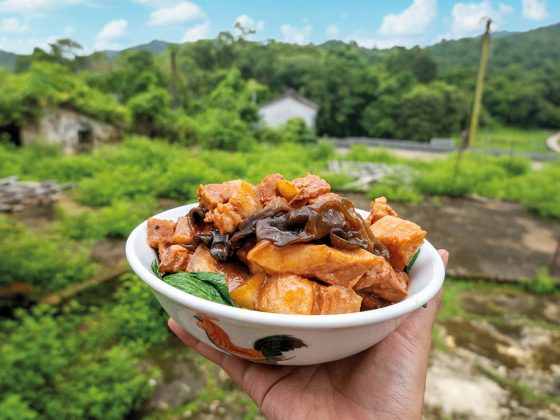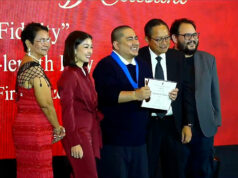A slice of rural life in cosmopolitan Hong Kong
AT THE fringes of the cosmopolitan Hong Kong lies a village that represents hundreds of years of history, as well as a slice of rural life surviving to this day.
On Jan. 20, the Hong Kong Tourism Board (HKTB) gave guests a virtual tour of Lai Chi Wo, a village in Hong Kong’s New Territories. The village was mainly populated by the Hakka people for over 300 years, but saw population decline in the 1960s.
According to the HKTB website, “Lai Chi Wo has more than 200 houses, laid out in precise horizontal and longitudinal rows according to geomancy rules, and protected by rustic walls, were home to over 1,000 residents, before a sharp drop in population beginning in the 1960s. But it has gained a new lease of life as part of the Hong Kong UNESCO Global Geopark and is now a popular destination for hikers and ecotourists. Farmers are back growing rice and vegetables and grazing cows, and some old homes have been transformed into shops and visitor centers. At weekends or on public holidays, you will find village stores and stalls offering a variety of Hakka foods and dishes, such as salty chicken, braised pork and omelets with preserved radishes, dumplings and chicken congee.”
During the tour, a native Hakka woman was interviewed. She said through a translator, “It was lush farmland before. In the years in between, because of the farm produce competition from Mainland China, farming was abandoned. In recent years, there has been revitalization.”
She left the village in 1966, but came back in 2014 to care for her parents. Around the time she returned, there were people who were attempting to farm there again, and she was asked to stay because “she has the knowledge of the original villager(s) of Lai Chi Wo.”
The interview took place near the village’s cultural center, built like a traditional Hakka house, with some clear tiles in the roof to allow for natural lighting. The clear triangular tiles symbolized the sun, moon, and stars.
Meanwhile, ecologist Ryan Leung introduced the hiking and ecological highlights of Lai Chi Wo, including the mangrove wetlands and the Feng Shui woods. “The villagers planted the trees in accordance with feng shui philosophy of being in harmony with nature, in the hope that the woods would bring them good luck and greater wealth,” he said. These include trees such as the five-finger camphor, and the strangler fig.
The tour included a few minutes with artist-in-residence Benjamin Hao, who taught guests about the art of soil painting, as well as talked about the journey that took him there. He said that he had found the town by chance three years ago, and tried to develop products with the herbs found there. “Our aim is to promote the sustainability of Lai Chi Wo,” he said.
Mr. Hao paints sometimes with soil found in the village. “I collect soil from Lai Chi Wo to paint, because this can help people have a closer relationship with the piece of land.” He then taught guests (using mineral powder, and not soil) how to paint a traditional Hakka diamond pattern found embroidered on hats.
“I’m fascinated with the Hakka culture here, and a great intangible heritage with 300 years of history,” he said. Lai Chi Wo had been awarded a Special Recognition for Sustainable Development by UNESCO in 2020. “All of these give me inspiration for my new art creations.”
Mr. Hao said he cherished a bit of Hakka village life that he wouldn’t get anywhere else. “You can go to your neighbor’s house and knock at their door and talk to them. You can hardly find it in the city area.”
The virtual tour can be found here: Lai Chi Wo | Hong Kong Tourism Board (discoverhongkong.com) — JLG





